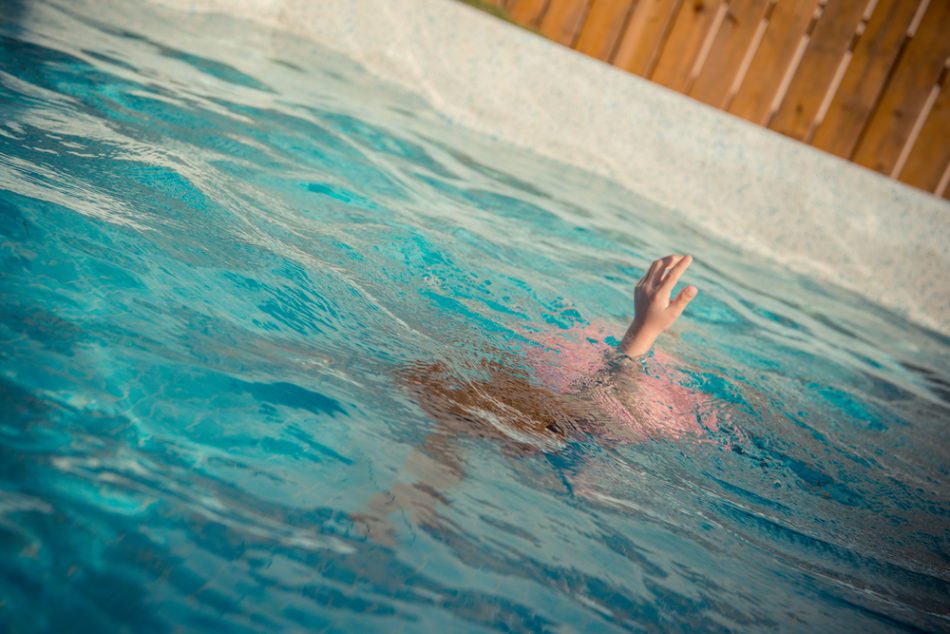Fraunhofer Institute for Optronics, System Technologies, and Image Exploitation in Germany have a team of engineers who are collaborating with the water rescue service for the German city of Halle (Wasserrettungsdienst Halle e.V.) to develop an exciting project: a life-saving autonomous underwater robot.
The robot is meant to spend most of its time at the bottom of the pool at an underwater docking station. Cameras on the top will monitor the movements and locations of the swimmers in the pool, relaying information to an artificial intelligence-based computer system so that it can detect signs of drowning and send the relevant location to the robot.
The robot will then travel to those coordinates, using cameras to locate the swimmer. The robot will then come up from below, catching the swimmer on its flat, stretcher-like top. If the swimmer is unresponsive, there is a clasping mechanism to prevent their body from slipping as it rises to the surface.
If the robot is in a lake rather than a pool, the overhead cameras would be mounted on aerial drones or balloons. The water in a lake is also less clear than water in a pool, so acoustic sensors would be used to locate and identify the swimmer instead of cameras.
The robot has already successfully located an 80-kg (176-lb) dummy in tests performed at Halle’s Hufeisensee lake. The dummy was submerged as deep as three meters (9.8 ft) and the robot was able to retrieve the dummy and carry it 40 meters to a shore-based rescue team within two minutes.
Other robotic lifeguards exist, such as the EMILY, U-Safe, and Dolphin 1 devices that travel across the surface of the water to help struggling swimmers. There are also the Auxdron and Pars, aerial drones that drop floatation devices down to the water. These machines all need to be controlled in real-time by shore-based operators, but the new bot functions independently, setting it apart from the rest.
At the moment, the robot relies on an underwater vehicle to transport itself, however, in the future the robot will be smaller, lighter, and cheaper, and will also be modeled after a manta ray.











